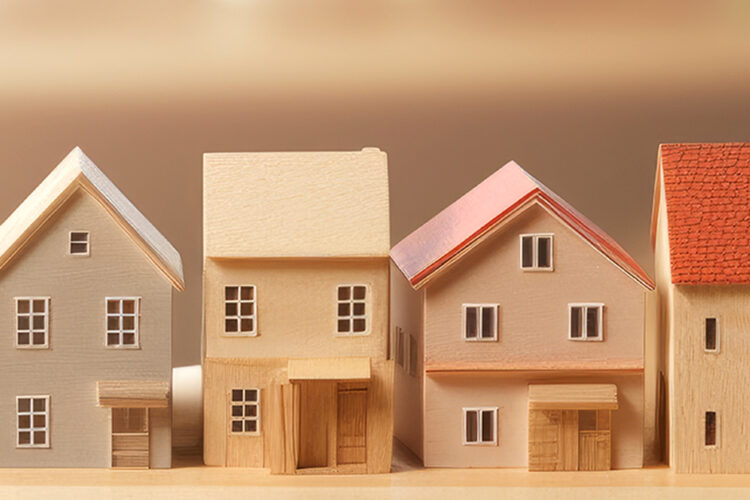Housing affordability has declined to its worst level in three decades, PropTrack research has revealed.
The PropTrack Housing Affordability Index has revealed housing affordability has dropped to a 30-year low as of June 2023 as a result of surging home prices throughout the COVID-19 pandemic and the Reserve Bank of Australia’s aggressive monetary policy tightening over the last year.
According to the index, a household earning the median income at current interest rates (4.1 per cent at the time of writing) can now afford just 13 per cent of homes sold across Australia, the lowest level it’s been since records started in 1995.
During the pandemic (2019–21), these conditions peaked. Median income households were able to afford just under 40 per cent of homes sold across the country.
The index revealed that even high-income households (earning over $200,000 per year) are faced with strained affordability conditions, being able to afford loan repayments on “only about half of homes that were sold over the past year”.
The rise in mortgage rates along with higher home prices has not been able to be offset by rising household incomes post-pandemic as labour market conditions improved, drawing more people into employment and boosted wages growth.
Higher mortgage rates are attributed as the key driver of lowered housing affordability, after rates spiked from the record lows of 0.1 per cent in 2020 and 2021 and causing the sharpest increase in mortgage rates since the mid-1980s, while reducing borrowing capacities by up to 30 per cent for new borrowers.
Furthermore, existing borrowers are now facing mortgage repayments as much as 50 per cent higher than they were in early 2022, the index stated.
Out of the states, NSW has the lowest housing affordability rates, sitting below its previous trough in 2008. A median income household in NSW could afford 7 per cent of home sales in 2022–23 and low-income households could afford “effectively no homes” across the state at current levels.
Average-income earners in NSW (just under $130,00 per year) would need to spend 39 per cent of their income to buy a median-priced home, the highest share of any state.
Meanwhile across the west coast, Western Australia stands as the country’s most affordable state. Previously, the mining investment boom of the late 2000s and early 2010s put a strain on Western Australia’s housing affordability.
However, since then, home prices grew at a slower rate than other states, up 24 per cent in Perth since 2010 and 8 per cent in regional areas, compared to 93 per cent nationally.


